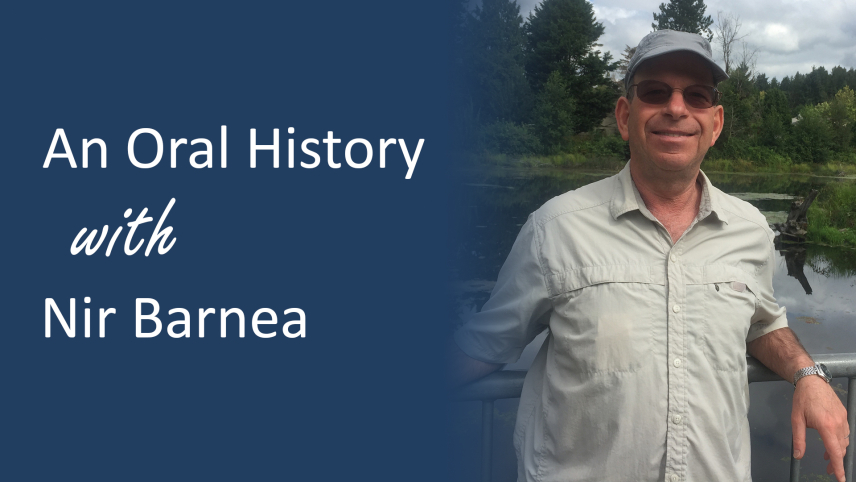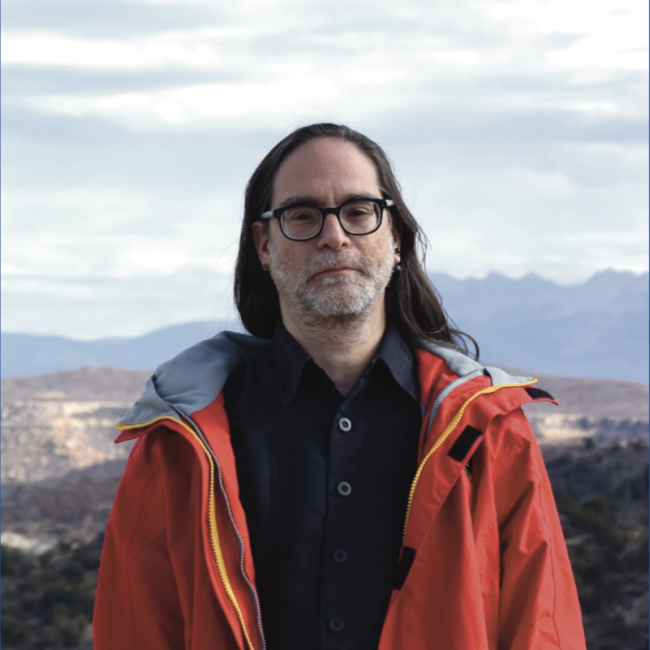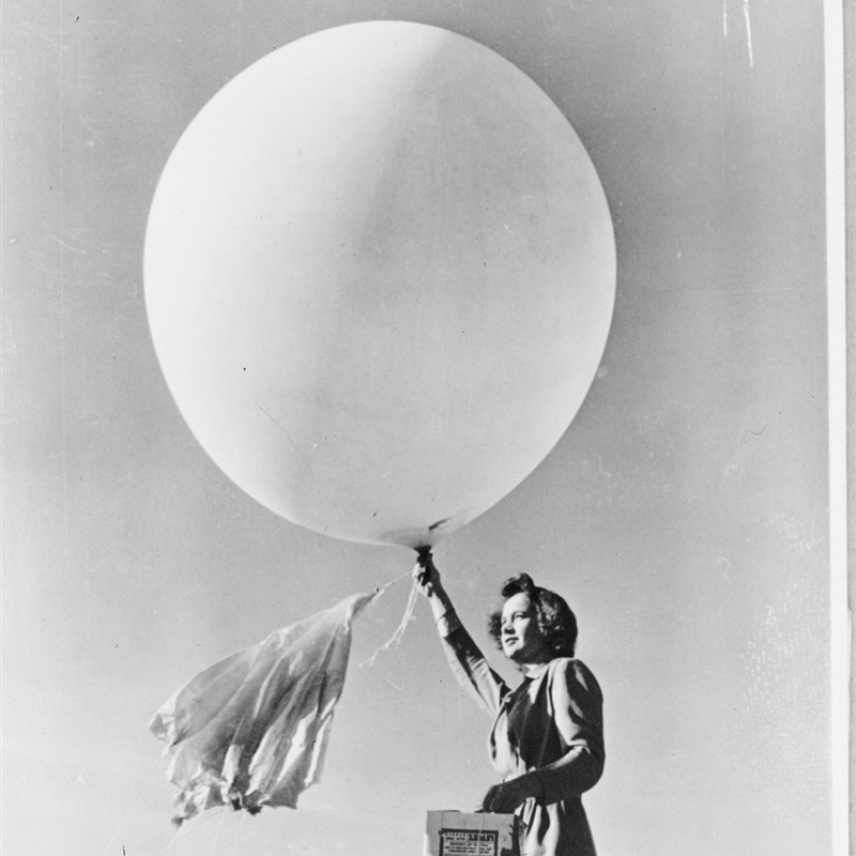This oral history was conducted by Molly Graham in 2020 as a part of the NOAA 50th Anniversary Oral History Project.

In 2011, when a massive earthquake and tsunami struck Japan, debris from the disaster washed into the ocean. Months later, some of that debris - including skiffs, Styrofoam, and large concrete docks - began washing up on the U.S. West Coast. Nir Barnea, the Pacific Northwest regional coordinator for NOAA’s Marine Debris Program, jumped into action and helped lead a NOAA response that would last years and involve coordination at every level of government.
Barnea began working for NOAA’s Office of Response and Restoration (then known as the NOAA HAZMAT program) in 1992 as a health and safety officer. He helped establish a national protocol for monitoring in situ burning during oil spills and then put it into practice during the New Carissa oil spill off the Oregon coast in 1998. Barnea was also instrumental in NOAA’s efforts to clean up oil drums and other debris from the Pribilof Islands in Alaska left over from the U.S. government's management of the commercial fur seal harvest from 1867 to 1983. After the cleanup project ended, Barnea volunteered to join a new initiative at NOAA on marine debris - something he says he thought would last a short time. Barnea recently retired in 2020, finishing his career after 14 years in the Marine Debris Program.
In this interview, Barnea recounts his upbringing in an Israeli kibbutz, as well as his father’s and grandparents’ experiences in Nazi Germany and as victims of the Holocaust.
Hear a snippet of the interview recorded on February 10, 2020 in Seattle, Washington:
Listen to the full interview with Nir Barnea.
Transcript:
On his involvement with the Pribilof Islands cleanup:
NB: To begin with, the project removed everything on the surface that was not supposed to be there. That was a huge amount of drums, vehicles, wrecks, and all sorts of trash and debris that survived over many years. That was removed. By the time I got there, the big drive was to collect all the drums from all over the island. They were all over. What NOAA did was to move the responsibility and leadership of the Pribilof cleanup from the group that was doing it to the Office of Response and Restoration. So they opened the Pribilof group within the Office of Response and Restoration.
In 2000, the manager of the program, John Lindsay, asked me to help him, basically go there. The first time was to monitor some training that was done there, which I did. The second time was to help him with the assessment of the testing of fifty drums. Those fifty drums turned into more than seven-hundred or eight-hundred. So I think John knew full well that there are not fifty drums, but he was willing to bend the truth a bit, which was fine. The main effort was to facilitate and guide and lead the clean-up of the Pribilofs. So, as I told you earlier, to begin with, and before I got there, actually. In 1999 and 2000, they removed a huge amount of surface debris. Then, in 2000, the main effort was to move the drums along with other things. From 2001 to 2008 or ’09, it was the removal of the subsurface pollution. That was mostly diesel fuel, but also some gasoline and some other oil. So we worked with the local corporations. Both islands had three entities: the city, the tribe, and the corporation. The cleanup lasted from 1999 to about 2009. So it lasted for about 10 years.
In addition, and a project I was less involved with, there was the conservation of the history of the islands. John hired people especially for that, and they did a fantastic job. There were folks like you doing interviews. Cinematography. Going to references, collecting references, writing several books about the history of the island, family relations, and so on. So the history of the cleanup was very extensive. I remember one project when every grave in the cemeteries of the island was marked with GPS – we had sophisticated GPS equipment – was marked with GPS because, sadly, the cemeteries are not far from the ocean, and there is erosion, one. And two, not all graves are marked. It was important for the project to try and ascertain where people are buried. It’s also, of course, very important for the people living there. So you had to be respectful to their culture and to their history. I think when they realized – when the locals realized the amount of effort that our group was taking to preserve the cultural heritage, it really changed hearts and minds.
Sometimes it was a single incident that could change heart and mind. Because for me, for example: In 2003, a little boy was killed. It was very tragic. I went to the funeral, and I noticed that people were doing what the Jewish people do, which is to cover the grave, and take turns to cover the grave with dirt – take a shovel and put dirt into the grave. So I volunteered myself. I did it too. It seems to me that since then, things really changed because, before that, people didn’t really make an effort to talk to me or approach me outside of work, like in the store. But after that, a whole lot more so. After that, they realized that there was respect there. And, of course, there was.



